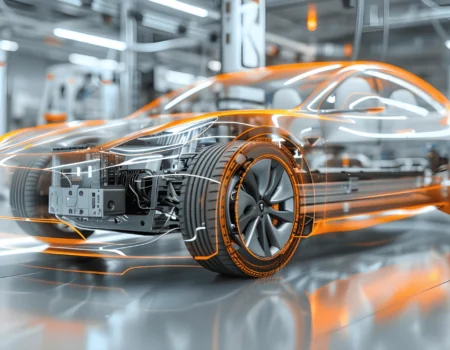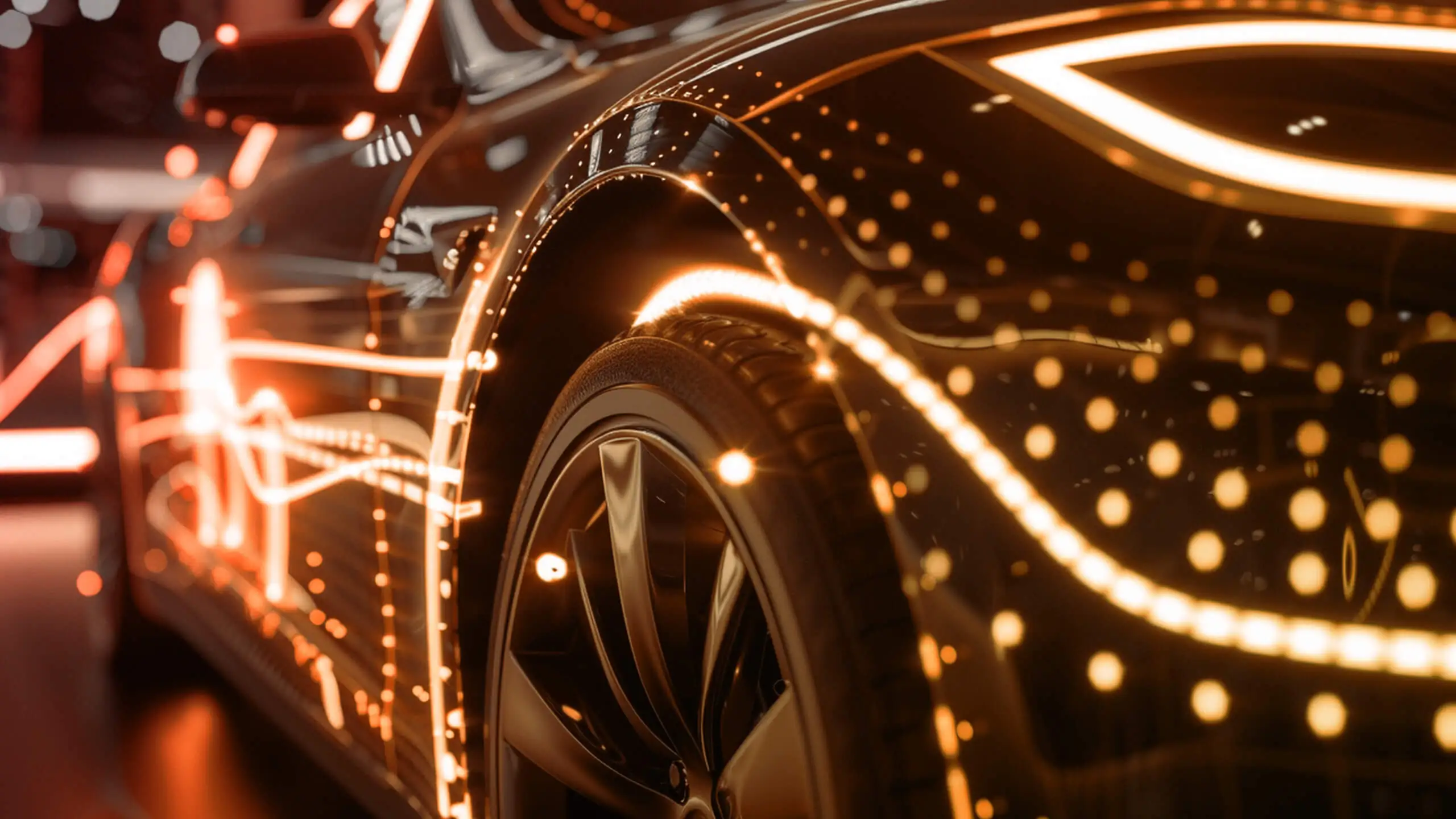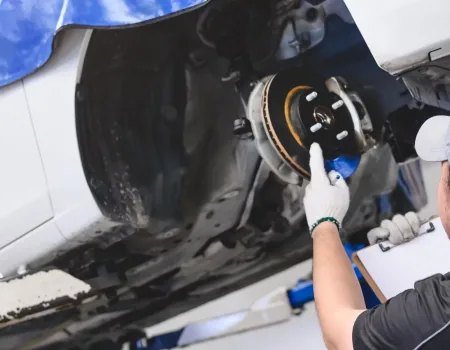Many automotive companies turn to Hicron late in their SAP projects – often when their vehicle related functionalities are on the verge of failure. This scenario is far from ideal and highlights a recurring question: Why trusted consulting companies and system integrators with limited automotive experience often overlook purpose-built industry solutions like IS-Auto, opting instead to reinvent the wheel with core ERP modules?
The consequences can be significant. Mistakes made early in solution design often remain unnoticed until the end-user testing – when time and budgets are already stretched thin. Could these pitfalls be avoided? Absolutely. The key lies in adequate architecting of the solution, rather than subsequent implementation.
SAP IS-Auto is an industry-specific solution to simplify the architecting process. It includes a set of standard SAP functionalities, the Vehicle Management System (VMS) included. Unlike generic ERP approaches, IS-Auto enables precise, end-to-end tracking of individual vehicles throughout their entire lifecycle – from production and supply chain to after-sales services and fleet management. This capability is foundational for the automotive industry.
For instance, modern automotive clients expect excellence in three critical areas:
- Easy vehicle configuration (or self-configuration).
- A specific delivery commitment from a local representative.
- Seamless delivery of the vehicle to both: dealers and end-customers.
Then, each brand defines their core competitive edge by focusing on what sets them apart. For example, Porsche drivers won’t turn to Kia for better performance or high-end customer service, because luxury brands build their success on entirely different value propositions. Across the industry, however, a common denominator remains: the agreed customer price, delivery time and its associated cost.
Today, the automotive market faces immense pricing pressure, especially from Chinese competitors like MG, BYD, and Deepal. This has become a significant challenge for established brands. The only viable way forward for importers and distributors is to reduce costs and maximize profitability by analyzing the profitability of each vehicle rather than a batch of identical cars. Achieving this level of precision is crucial to maintaining competitiveness in such a challenging landscape.
At Hicron, we observe that some senior consultants not experienced in the industry fail to recognize that while processes like demand planning, inventory control, and warranty claims may appear similar across all industries, these functions are fundamentally different in the automotive. Below is a sample list of process steps for importing, distributing, and servicing high-value automotive items throughout their lifecycle:
| Process Step | Core ERP Module | Automotive Industry Solution |
| Planned vehicle created | No | Yes |
| Dealer forward order created | No | Yes |
| PO/Contract created | No | Yes |
| PO confirmed | No | Yes |
| Manifest received | Yes | Yes |
| Individual unit prioritized | Yes | Yes |
| Goods received, invoice received | Yes | Yes |
| Dealer delivery sent | Yes | Yes |
| Retail | Yes | Yes |
| After-sales | No | Yes |
As shown above, core ERP modules are simply not designed to address automotive-specific requirements. Therefore, SAP IS-Auto is built to bridge this gap and provide tailored functionalities for operational excellence.
What does it mean for ERP in the automotive industry?
For ERP systems in the automotive industry, the greatest risk lies in underestimating the significance of tracking vehicles individually – a clear advantage for most efficient industry leaders.
At first glance, non-automotive SAP experts may trivialize some processes, because they appear similar to processes in other industries. This can lead to a dangerous assumption: some functions can be replaced by SAP “best practices” and adopted in the automotive industry.








